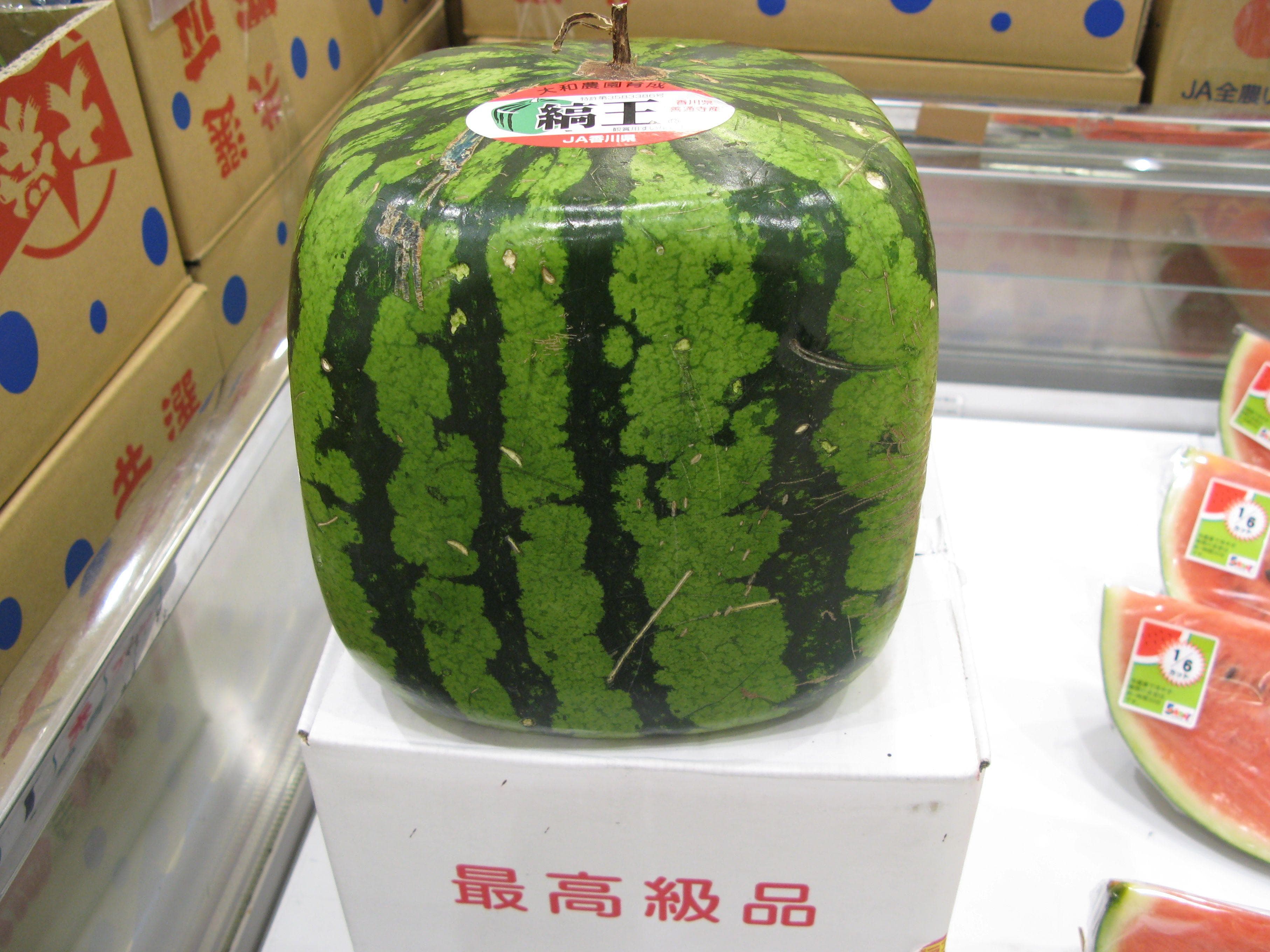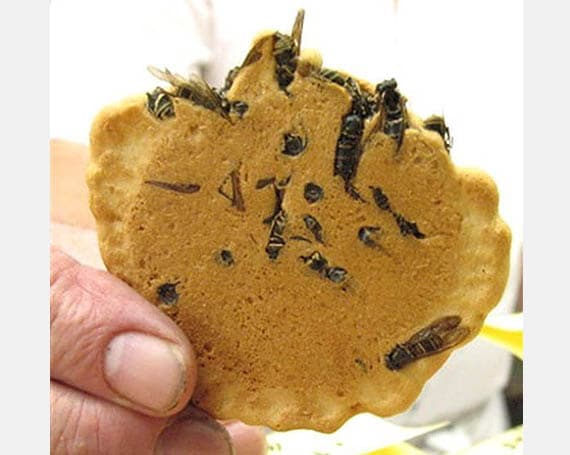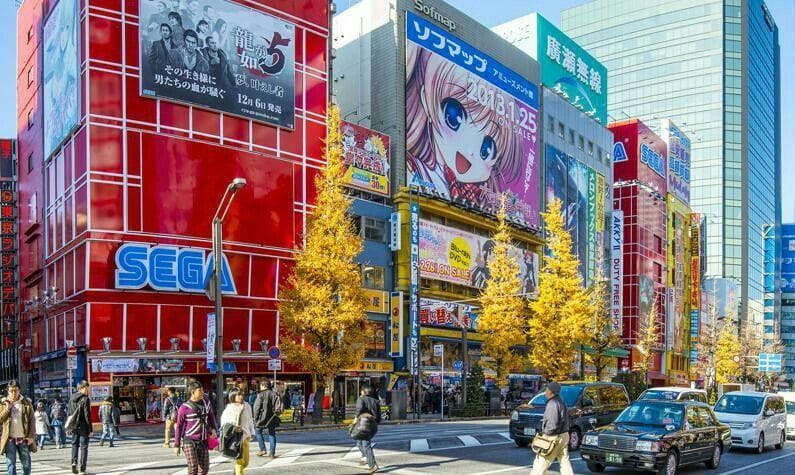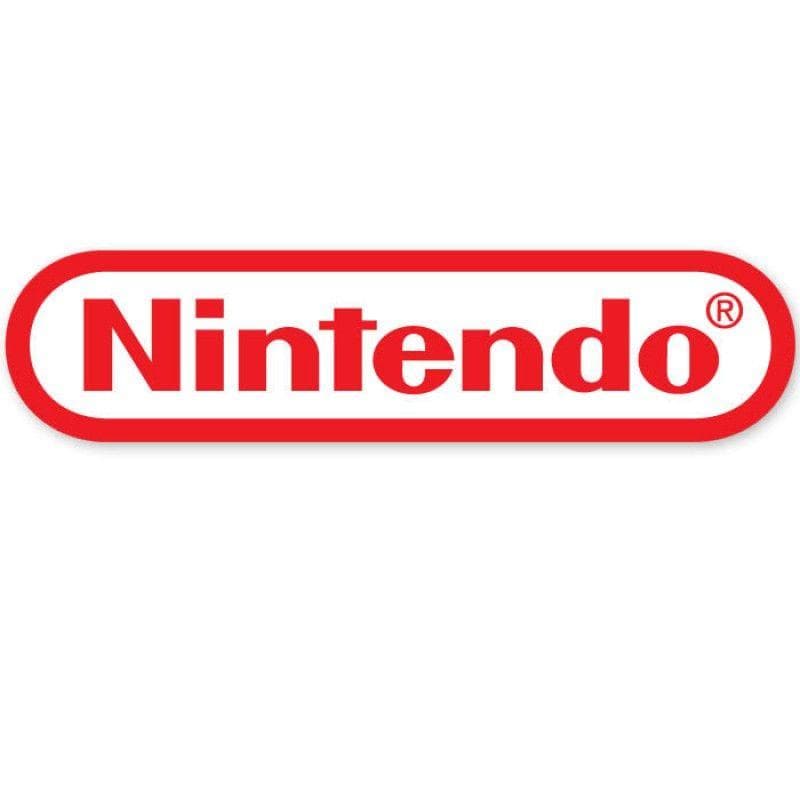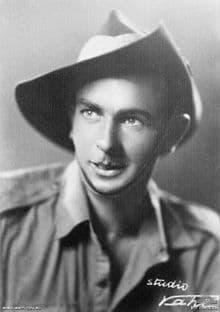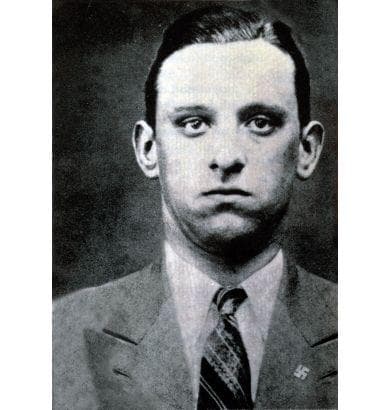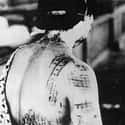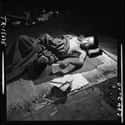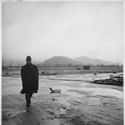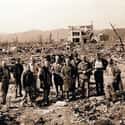-
(#4) Young People Had To Raise Their Siblings After Their Parents Passed
Kumiko Arakawa, who was only 20 when the US attacked Hiroshima and Nagasaki, recalls having to provide for her younger siblings. Her mother, her father, and four of her sisters passed, all within three days of the attacks.
Forced to support her surviving family members, Arakawa couldn't recall how she managed to provide food or put her remaining sisters through school. In fact, she can't remember much of the attack at all:
Some people have asked me what I saw on my way home the day after the [attack], on August 10 - "surely you saw many... bodies," they would say - but I don’t recall seeing a single corpse. It sounds strange, I’m sure - but it is the truth.
-
(#8) It Took Years For Some People To Fully Heal
During the US attack on Nagasaki, Sumiteru Taniguchi was delivering mail. When the device hit, the skin peeled off his back and arms. He stayed in a hospital in Omura, forced to lie on his stomach for one year and nine months. He formed bed sores that left scars up until his passing in 2017.
Altogether, Taniguchi stayed in the hospital for three years. However, he didn't receive the treatment he needed until 15 years after the event. He suffered chronic pain and developed a cancerous tumor at the site of his burns. Radiation-related illnesses took his life in 2017.
-
(#12) Many Suffered Devastating Psychological Effects, Such As PTSD
Japanese psychiatrist Masao Nakazawa called the devastation caused by the Hiroshima and Nagasaki attacks "the worst PTSD in human history." Tomiko Shoji survived the attack on Hiroshima and for years she suffered psychologically. Lightning and thunder would "crush [her]" and "cause [her] to lose control." Shoji had panic attacks at night and showed little emotion toward her children.
American-born Howard Kakita was living with his grandfather in Hiroshima, too, at the time of the attack. When he returned to the US after WWII, he suffered PTSD-like symptoms. Kakita couldn't eat red foods, such as meat, grapefruit, or tomato sauce, because they reminded him of the severe injuries he saw that day in Hiroshima.
-
(#1) They Had To Decide What To Do With The Remains Of Their Loved Ones
Yoshiro Yamawaki recalls the aftermath of the blast in Nagasaki. Thousands of families were left with the decision of how to dispose of their loved ones' remains. Yamawaki and his brothers found the remains of their father inside a factory. They made the decision to cremate him.
The Yamawaki brothers propped their father against a pole outside the factory where they discovered him and set his remains on fire. When they came back the next day, however, things had not gone according to plan:
When we returned the next morning to collect his ashes, we discovered that his body had been partially cremated... I could not bear to see my father like this... my oldest brother... [suggested] that we take a piece of his skull - based on a common practice in Japanese funerals in which family members pass around a tiny piece of the skull with chopsticks after cremation - and leave him be.
As soon as our chopsticks touched the surface, however, the skull cracked open like plaster... My brothers and I screamed and ran away, leaving our father behind. We abandoned him, in the worst state possible.
-
(#13) Some Survivors Have Dedicated Their Lives To The Eradication Of Atomic Devices
Since surviving the attacks on Nagasaki and Hiroshima, many Japanese citizens have done important work advocating for peace and the eradication of atomic devices. Sunao Tsuboi, for instance, began working at the Japan Confederation of A- and H-bomb Sufferers Organizations after he retired from his job as a middle school principal.
Similarly, Sumiteru Taniguchi became secretary general of the Nagasaki Atomic Bomb Survivors Council. He shows photos taken during his time in the hospital, where his skin peeled off his back and arm. As an activist, Taniguchi participated in anti-nuclear marches and spoke out against atomic devices until his passing in 2017.
-
(#11) During The United States' Subsequent Occupation Of Japan, They Kept The Effects Of Radiation Top Secret
Five days after the United States dropped an atomic device on Nagasaki, Japan surrendered, and the US began its occupation. The government heavily censored information about the effects of radiation. They silenced those who were outspoken about the illnesses it caused and forbade the press from writing about its effects. The US even distributed information that lied about the long-term dangers of atomic devices.
When Japanese officials conducted medical research into the effects of radiation, the US confiscated their findings and sent them to the United States, where they were classified. It was very difficult for Japanese citizens to get the help they needed. Dr. Shuntaro Hida, Hiroshima survivor and one of the leaders in Japan's Council of Atomic Bomb Sufferers, recalls:
If a victim went to the doctor, he wasn't supposed to tell the doctor he'd been exposed to radiation. And if he did say so, the doctor would usually say, 'Please don't tell me because we'll both be punished.'
New Random Displays Display All By Ranking
About This Tool
During WWII, the United States dropped atomic bombs on Hiroshima and Nagasaki, which accelerated the end of the war in the Pacific region and launched the era of nuclear weapons. The final deaths in Hiroshima atomic bomb reached 135,000, far more than twice that of Nagasaki, even though the atomic bomb in Nagasaki was more powerful. Those who survived the atomic bombing disaster have been threatened by nuclear radiation and harmful substances throughout their lives, facing challenges such as rehabilitation and life reconstruction.
In this war disaster, thousands of Japanese residents were turned into steam by high temperature and strong light. Many survivors even had only two empty eye sockets, bone marrow necrosis, and many pregnant women gave birth to malformed fetuses. The random tool shares 13 details about life in Japan after the atomic bomb.
Our data comes from Ranker, If you want to participate in the ranking of items displayed on this page, please click here.

